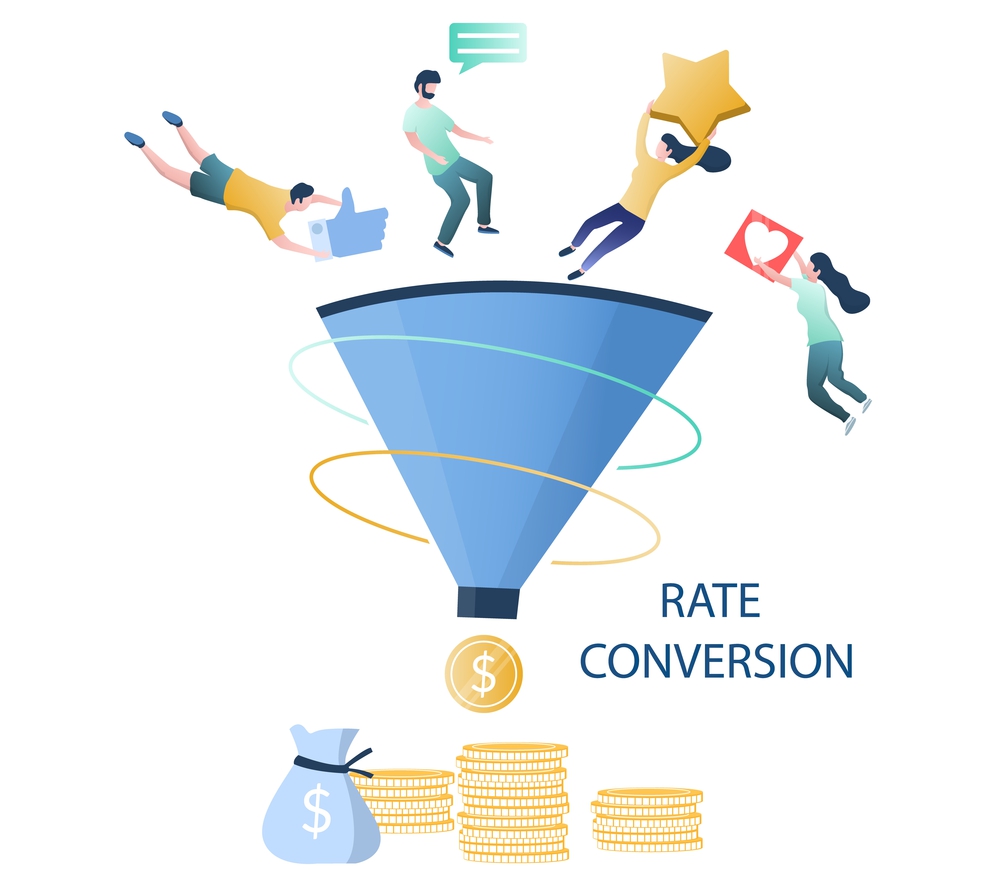In the fast-paced world of digital marketing, finding the right strategies to boost your business can make all the difference. One effective approach is combining inbound marketing with Google Ads.
This powerful combination leverages the strengths of both methods to create a robust marketing strategy. Let’s dive into why this blend can be a game-changer for your business.
Inbound Marketing with Google Ads

1. Quick Results with Tailored Ads
One of the standout benefits of integrating Google Ads into your inbound marketing plan is the speed at which you can see results. While inbound marketing often involves a longer process of building content and nurturing leads, Google Ads provides immediate visibility. With its pay-per-click (PPC) model, you can drive targeted traffic to your website almost instantly.
The real magic happens when you combine this with inbound marketing. By using data from your inbound efforts—like customer behavior and preferences—you can create Google Ads that are highly personalized and relevant. This means your ads not only reach more people but also resonate more deeply with your target audience.
2. Boosted Visibility and Immediate Impact
Getting noticed online is crucial, and Google Ads gives you a significant edge here. Unlike SEO, which can take time to yield results, Google Ads lets you appear on the first page of Google search results right away. With Google handling over 3 billion searches every day, this is a major opportunity for exposure.
When you blend Google Ads with your inbound marketing strategy, you’re not just increasing visibility; you’re also enhancing the effectiveness of your content. Targeted ads ensure that your message reaches users who are actively searching for related keywords, which boosts engagement and conversions.
3. Streamlined Management and Insightful Data
Effective campaign management is key to getting the most out of your marketing budget. Google Ads offers several features to help you manage your campaigns efficiently. You can set daily budgets, pause ads when needed, and adjust bids based on performance. This control helps you make the most of your marketing spend.
Moreover, Google Ads provides robust tracking and analytics. By using conversion tracking pixels, you can gather valuable data on how users interact with your ads. This data is crucial for understanding what’s working and what isn’t. When combined with insights from your inbound marketing efforts, it helps you refine your strategies and improve your ROI.
4. Amplify Your Content’s Reach
Combining inbound marketing with Google Ads also means you can amplify the reach of your content. Inbound marketing focuses on creating valuable content to attract and engage your audience. By using Google Ads to promote this content, you can drive even more traffic to it.
For example, if you have a popular blog post or a high-performing landing page, promoting it through Google Ads can help it reach a wider audience. This not only increases your content’s visibility but also reinforces your brand’s authority and expertise.
5. Gain a Competitive Edge
Incorporating Google Ads into your inbound marketing strategy can also give you an edge over the competition. Google Ads allows you to bid on relevant keywords, which helps you maintain a strong presence in competitive industries. Plus, the data you gather from these ads can inform your inbound marketing efforts, making your overall strategy more effective.
Wrapping Up
Merging inbound marketing with Google Ads offers a range of benefits, from fast results and enhanced personalization to increased visibility and better data insights. By combining these strategies, you can drive targeted traffic, improve engagement, and achieve better results.
Ready to take your marketing to the next level? Explore how integrating Google Ads with your inbound marketing strategy can make a difference. For more detailed insights and tips on creating successful Google Ads campaigns, check out our latest eBook in collaboration with Inboundcycle. Start enhancing your digital marketing strategy today!





